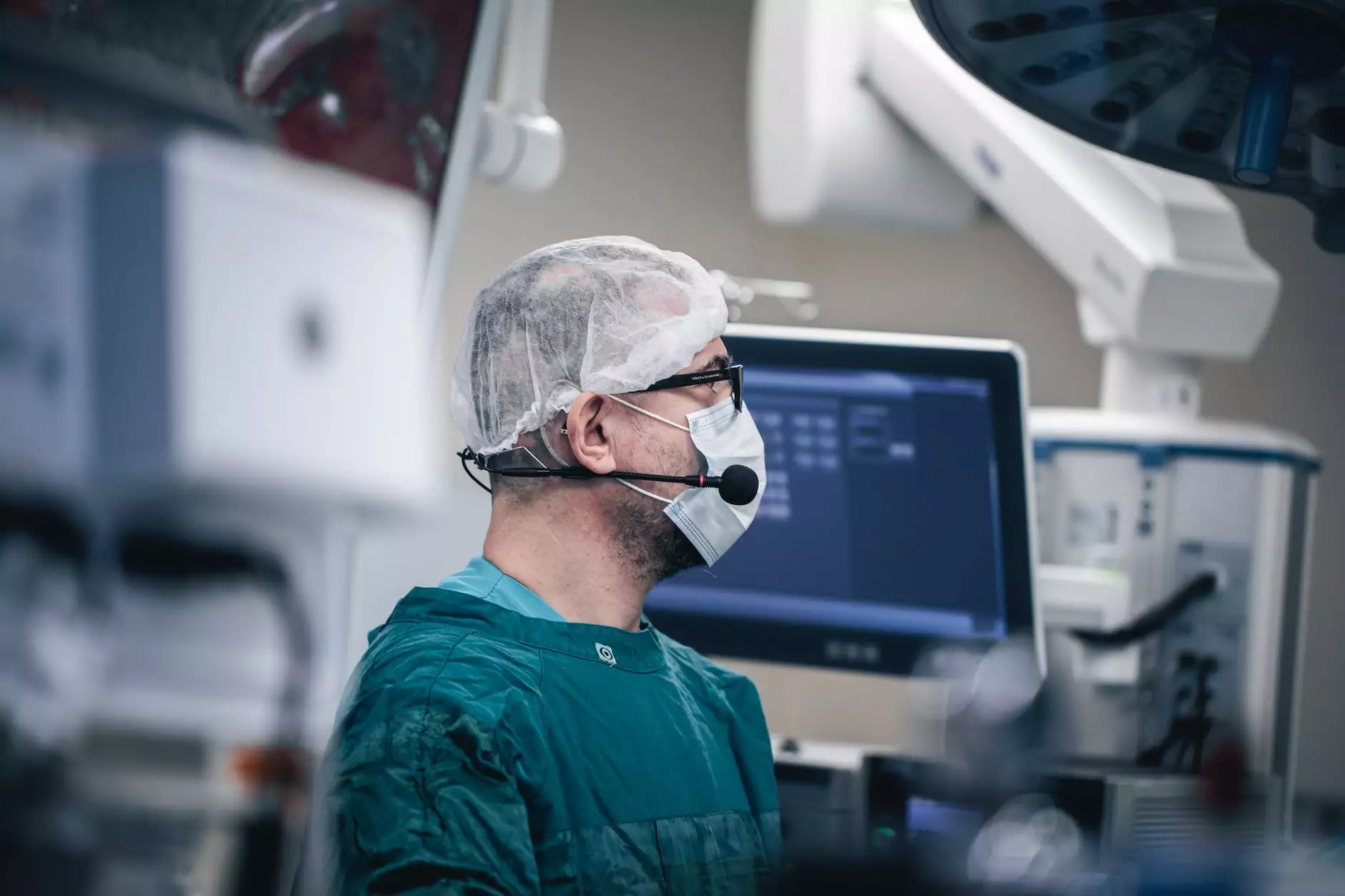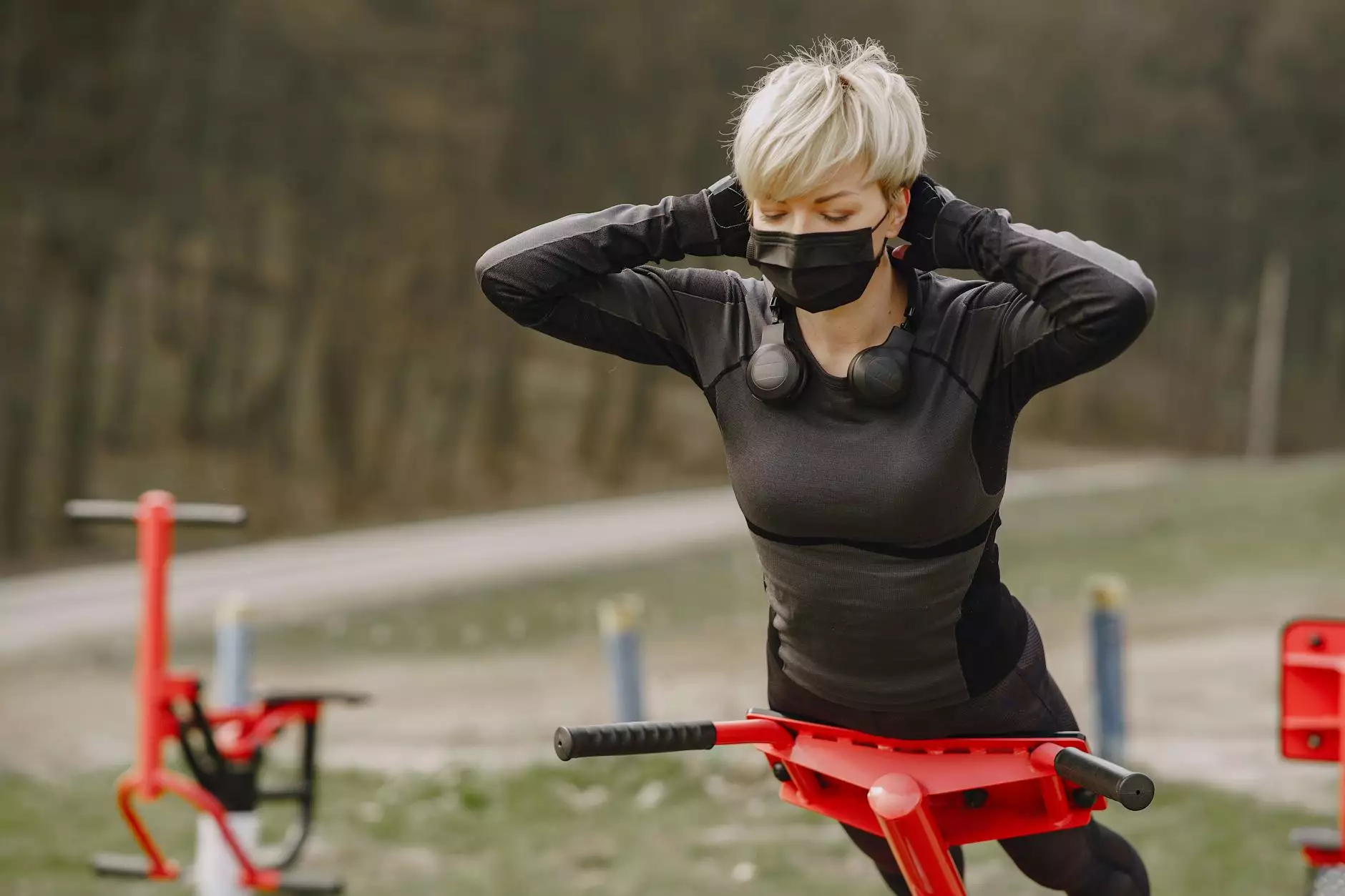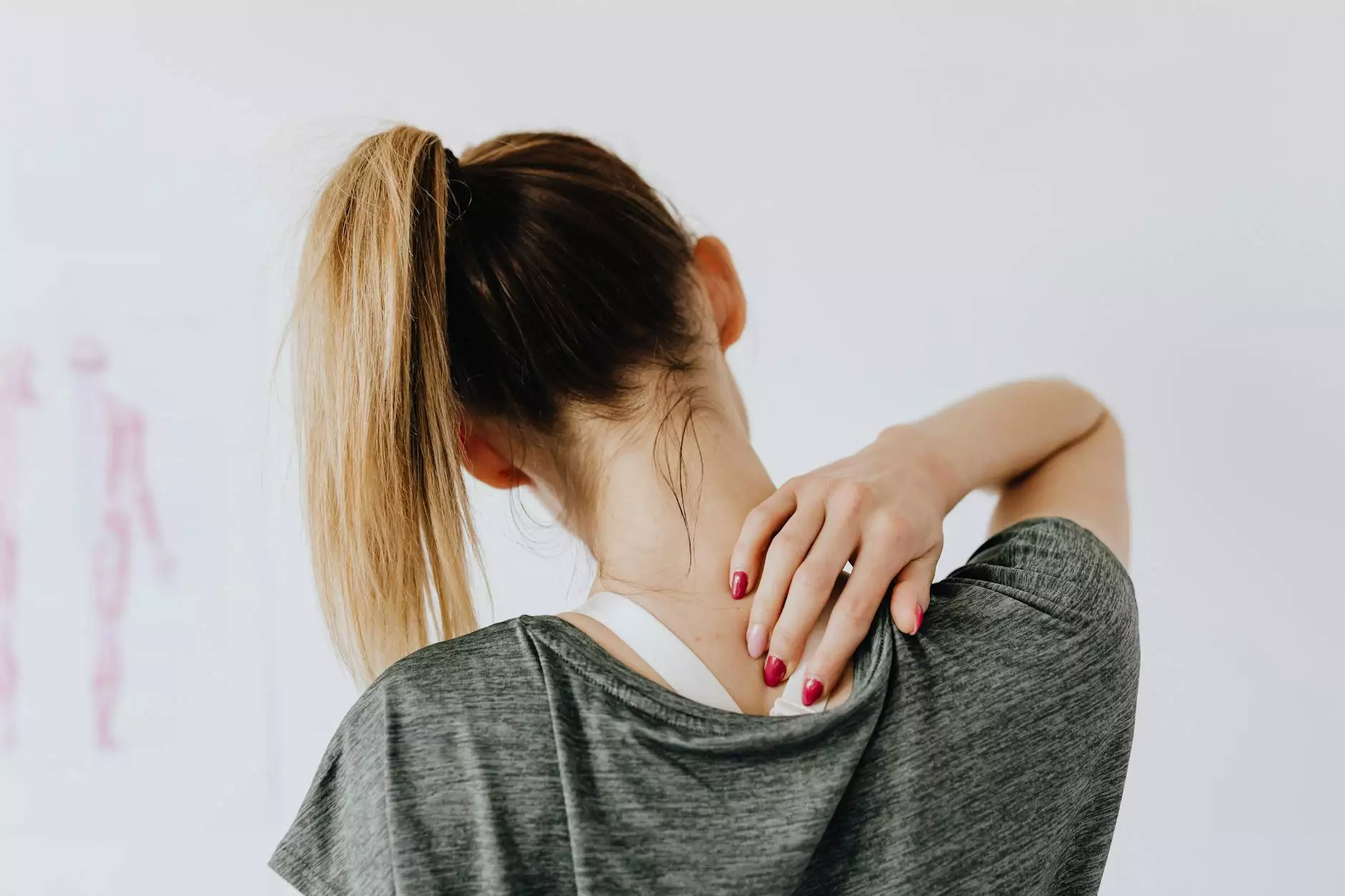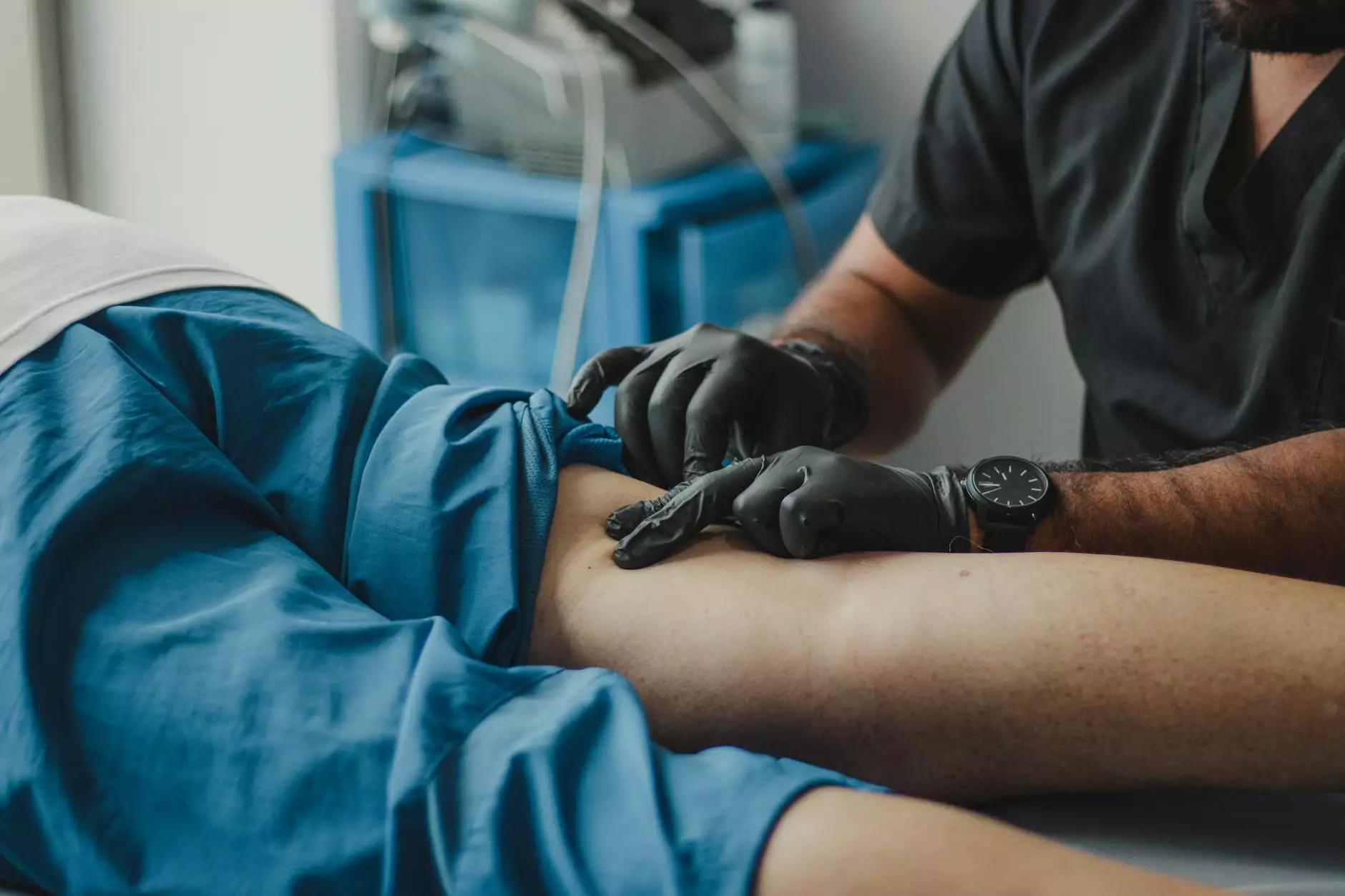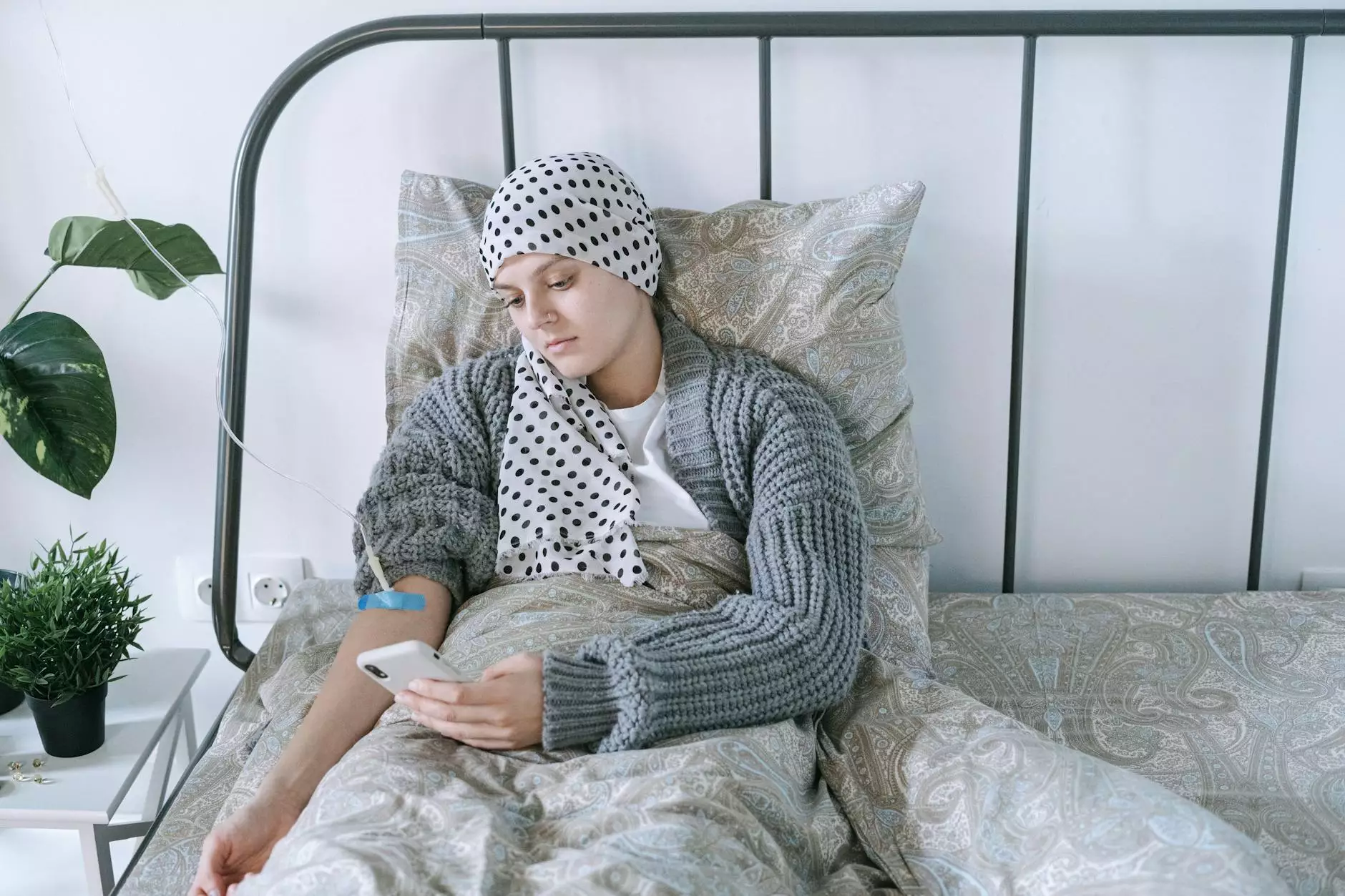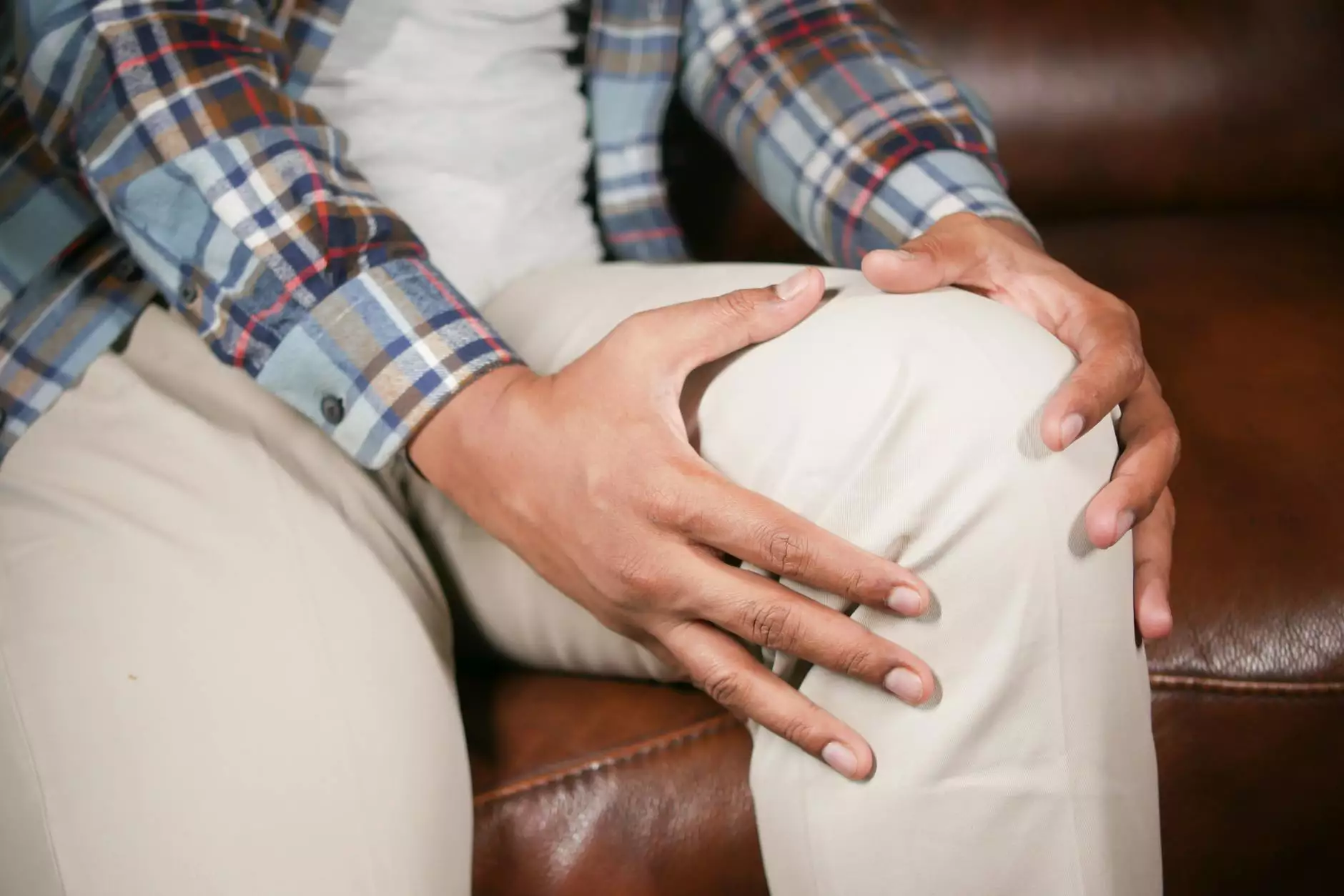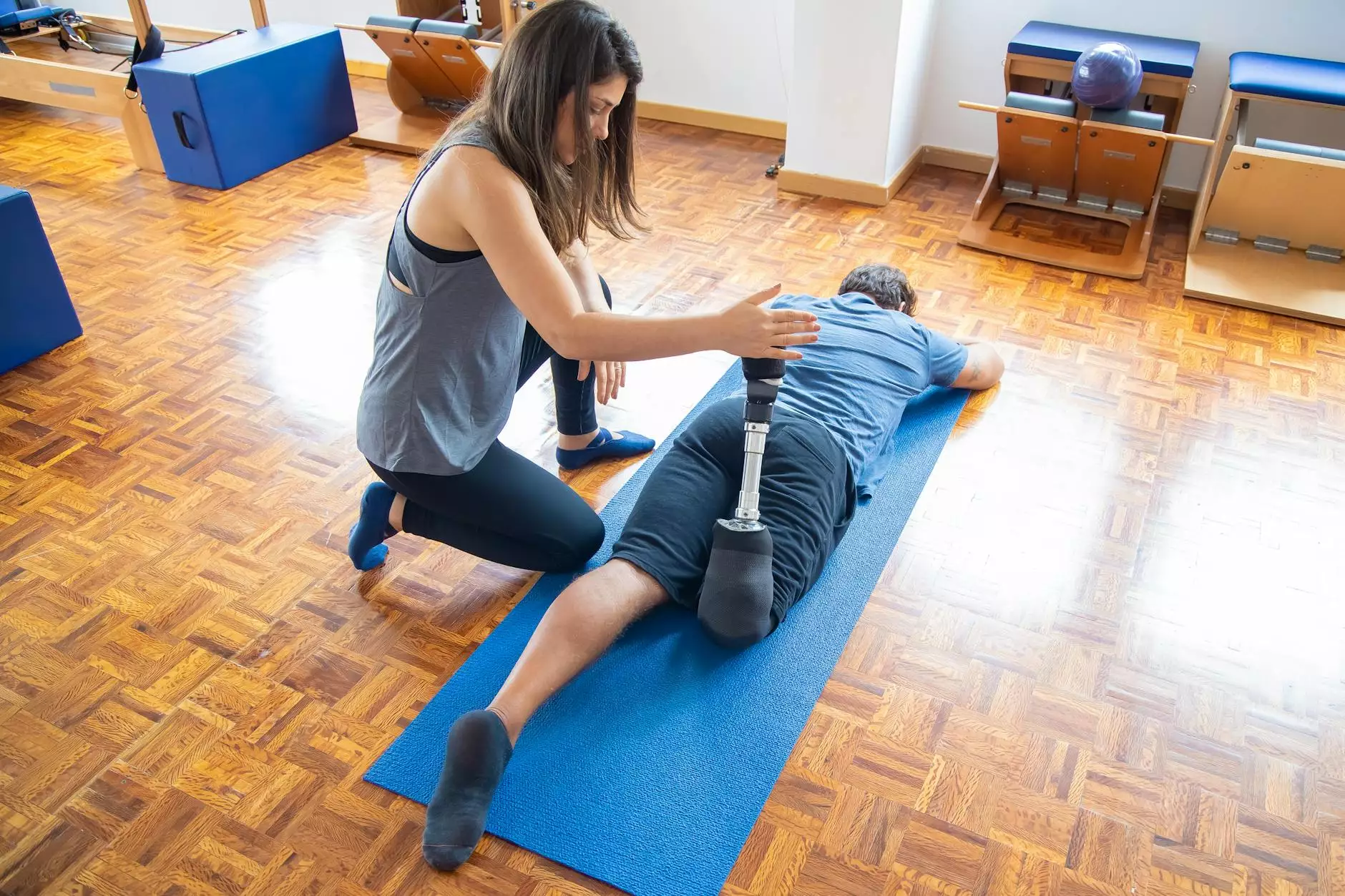Kneecap Instability | Medial vs Lateral Patellar Dislocation
Blog
Understanding Kneecap Instability
Kneecap instability, also known as patellar instability, is a condition where the kneecap (patella) moves from its normal position and dislocates either medially or laterally. This can lead to recurrent episodes of knee pain, instability, and potential damage to the surrounding structures.
Medial Patellar Dislocation
Medial patellar dislocation occurs when the kneecap dislocates towards the inner side of the knee joint. It is commonly caused by a sudden change in direction or a direct impact to the knee. Individuals with weak or imbalanced muscles around the knee joint, such as the quadriceps and hamstrings, are more prone to experiencing medial patellar dislocations.
Causes
There are several factors that can contribute to the development of medial patellar dislocation:
- Anatomical abnormalities or malalignment of the knee joint
- Weakness or imbalances in the thigh muscles
- Previous knee injuries or surgeries
- Ligament laxity
Symptoms
Individuals with medial patellar dislocation may experience the following symptoms:
- Severe pain in the knee
- Sudden swelling and inflammation
- Feeling of the knee giving way or instability
- Visible deformity or abnormal positioning of the kneecap
- Limited range of motion
Treatment Options
Treatment for medial patellar dislocation depends on the severity of the injury and the underlying causes. Common treatment options include:
- Proper identification and reduction of the dislocation
- Physical therapy exercises to strengthen thigh muscles
- Use of knee braces or orthotics for additional support
- Anti-inflammatory medication for pain relief and swelling reduction
- In severe cases, surgical intervention may be required
Prevention Strategies
Preventing medial patellar dislocation involves addressing the underlying risk factors and following these strategies:
- Regular strengthening exercises for the thigh muscles
- Proper warm-up and stretching before engaging in physical activities
- Using appropriate protective gear during sports or high-risk activities
- Avoiding sudden changes in direction or excessive stress on the knee
- Seeking medical attention for any knee-related concerns or prior injuries
Lateral Patellar Dislocation
Lateral patellar dislocation occurs when the kneecap dislocates towards the outer side of the knee joint. It is often caused by a direct blow to the knee or a twisting motion of the leg. Individuals with anatomical abnormalities, weak muscles, or ligament laxity are more susceptible to experiencing lateral patellar dislocations.
Causes
Several factors can contribute to the development of lateral patellar dislocation:
- Anatomical variations in the knee joint
- Weakness or imbalances in the thigh muscles
- Previous knee injuries or surgeries
- Hypermobile or loose ligaments
Symptoms
The following symptoms may be present in individuals with lateral patellar dislocation:
- Intense pain and swelling in the knee
- Visible displacement or abnormal positioning of the kneecap
- Difficulty straightening the leg
- Feeling of the knee giving way
- Instability and limited range of motion
Treatment Options
The treatment approach for lateral patellar dislocation aims to alleviate pain, restore stability, and prevent future dislocations. Common treatment options include:
- Manual reduction of the dislocation by a healthcare professional
- Physical therapy exercises to strengthen thigh muscles and improve knee stability
- Immobilization with a knee brace or cast to facilitate healing
- Anti-inflammatory medication for pain relief and swelling reduction
- In severe cases, surgical intervention may be considered
Prevention Strategies
Preventing lateral patellar dislocation involves addressing the underlying risk factors and implementing the following strategies:
- Maintaining strong and balanced thigh muscles through targeted exercises
- Proper warm-up and stretching before physical activities
- Avoiding excessive stress or sudden changes in leg position
- Using appropriate protective equipment during sports
- Regular check-ups with a healthcare professional to monitor knee health
Conclusion
Kneecap instability, whether medial or lateral patellar dislocation, can significantly impact an individual's quality of life. Understanding the causes, symptoms, and treatment options is crucial for effective management and prevention. At Regency Square Care Center, we are committed to providing comprehensive care and guidance for individuals dealing with kneecap instability. Our team of experts utilizes evidence-based approaches to ensure the best possible outcomes for our patients. Contact us today to learn more and schedule a consultation.


